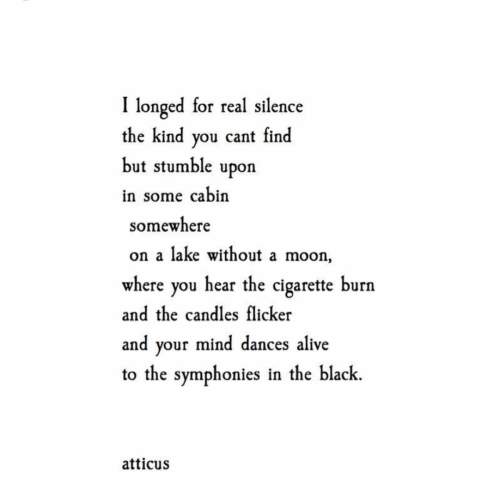
1. What is the purpose of the lab, the importance of the topic, and the question you are trying to answer?
2. What is your hypothesis (or hypotheses) for this experiment?
3. What methods are you using to test this (or each) hypothesis?
4. Locate the data and observations collected in your lab guide. What are the key results? How would you best summarize the data to relate your findings?
5. Do you have quantitative data (numerical results or calculations)? Do you have qualitative data (written observations and descriptions)? How can you organize this date for your report?
6. What do the key results indicate?
7. If you constructed graphs, what trends do they indicate in your data?
8. Were there any problems with the experiment or the methods?
Did you have any surprising results?
9. What do the results tell you about your hypothesis(es)?
10. How do the data support your claim above?
11.If you could repeat the experiment and make it better, what
would
you do differently and why?
12.Use your answers from questions 1–3 as the basis for the first
section of your lab report. This section provides your reader with
background information about why you conducted this experiment
and how it was completed. Outline the steps of the procedure in
full sentences. It also provides potential answers (your
hypothesis/es) relative to what you expected the experiment to
demonstrate. This section should be 1–3 paragraphs in length.
13.Use your answers from questions 4–5 as the basis for the
second section of your lab report. This section provides your
reader with the data from the experiment, in a summarized and
concise way. No paragraphs are required for this section, but you
do need to include the key data and observations from which you
will generate your analysis and discussion. This section is
objective.
14.Use your answers from questions 6–8 as the basis for the third
section of your lab report. This section provides your reader with
your interpretation of the data set. You will also give an example
of any calculations or formulas you used to analyze your data.
Also, you will want to include any graphs that you made and
interpret them for the reader.
If you did construct graphs, your Student Guide included
information on which graphs to construct. Graphs should have the
following: Appropriate titles
Appropriate labels for each axis
Appropriate scales for each axis
Correct units for the data
Explain in one or two sentences what trend the reader should observe in each of your graphs. Use your answers from questions 9-11 as the basis for the fourth section of your lab report. In this section you will summarize the outcome of the experiment, and discuss how the original hypothesis(es) was (were) either supported or refuted. Use logic and reason in explaining your statements, and be sure to refer to specific data from your experiment that supports your argument.
This section also demonstrates your understanding of the experiment, through your ability to offer constructive criticism about its design and make suggestions for future experimentation. There are always ways that experiments can be improved. Now that you are a veteran of this experiment and have experience with the procedure, offer some advice to the next scientist about what you suggest and why.
This section should be 1–2 paragraphs long.
When complete, the lab report should be read as a coherent whole. Make sure that you connect different pieces with relevant transitions. Review for proper grammar, spelling, punctuation, formatting, and other conventions of organization and good writing.

Answers: 2


Another question on English

English, 20.06.2019 18:04
Which of the following is a comparison that this poem makes?
Answers: 3

English, 21.06.2019 14:10
What kinds of images does the word "twinkling" suggest? dirt, earth, poverty, race leaves, trees, green, spring stars, dreams, looking upward, heaven darkness, sadness, loneliness, isolation they eat beans mostly, this old yellow pair. dinner is a casual affair. plain chipware on a plain and creaking wood, tin flatware. two who are mostly good. two who have lived their day, but keep on putting on their clothes and putting things away. and remembering, with twinklings and twinges, as they lean over the beans in their rented back room that is full of beads and receipts and dolls and cloths. tobacco crumbs, vases and fringes.
Answers: 1

English, 21.06.2019 14:30
In which sentence is the action arrow pointing to the receiver of the action? a. sentence: hawkeye tracked the deer through the forest. an arrow, pointing to the left, is drawn above the verb 'tracked'. b. sentence: hawkeye tracked the deer through the forest. an arrow, pointing to the right, is drawn above the verb 'tracked'.
Answers: 2

English, 21.06.2019 15:00
Read the excerpt from heart of a samurai. the water was so clear, he could see straight to the bottom. a snail was making a path like a shiny ribbon slowly unfurling on the sand. what does the author use the most precise words to describe in the excerpt? the water’s movement the water the snail the snail’s path
Answers: 2
You know the right answer?
1. What is the purpose of the lab, the importance of the topic, and the question you are trying to a...
Questions

Mathematics, 03.11.2020 14:00


English, 03.11.2020 14:00

Arts, 03.11.2020 14:00

Spanish, 03.11.2020 14:00


English, 03.11.2020 14:00



Mathematics, 03.11.2020 14:00


Mathematics, 03.11.2020 14:00




Mathematics, 03.11.2020 14:00


Computers and Technology, 03.11.2020 14:00

English, 03.11.2020 14:00

Mathematics, 03.11.2020 14:00




